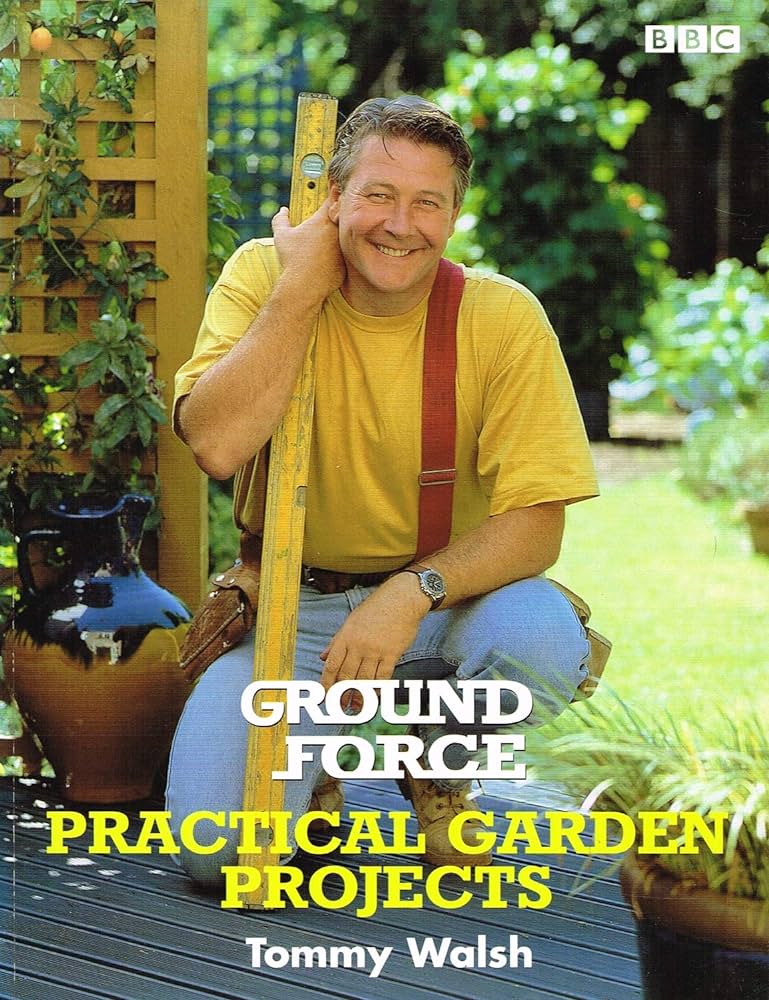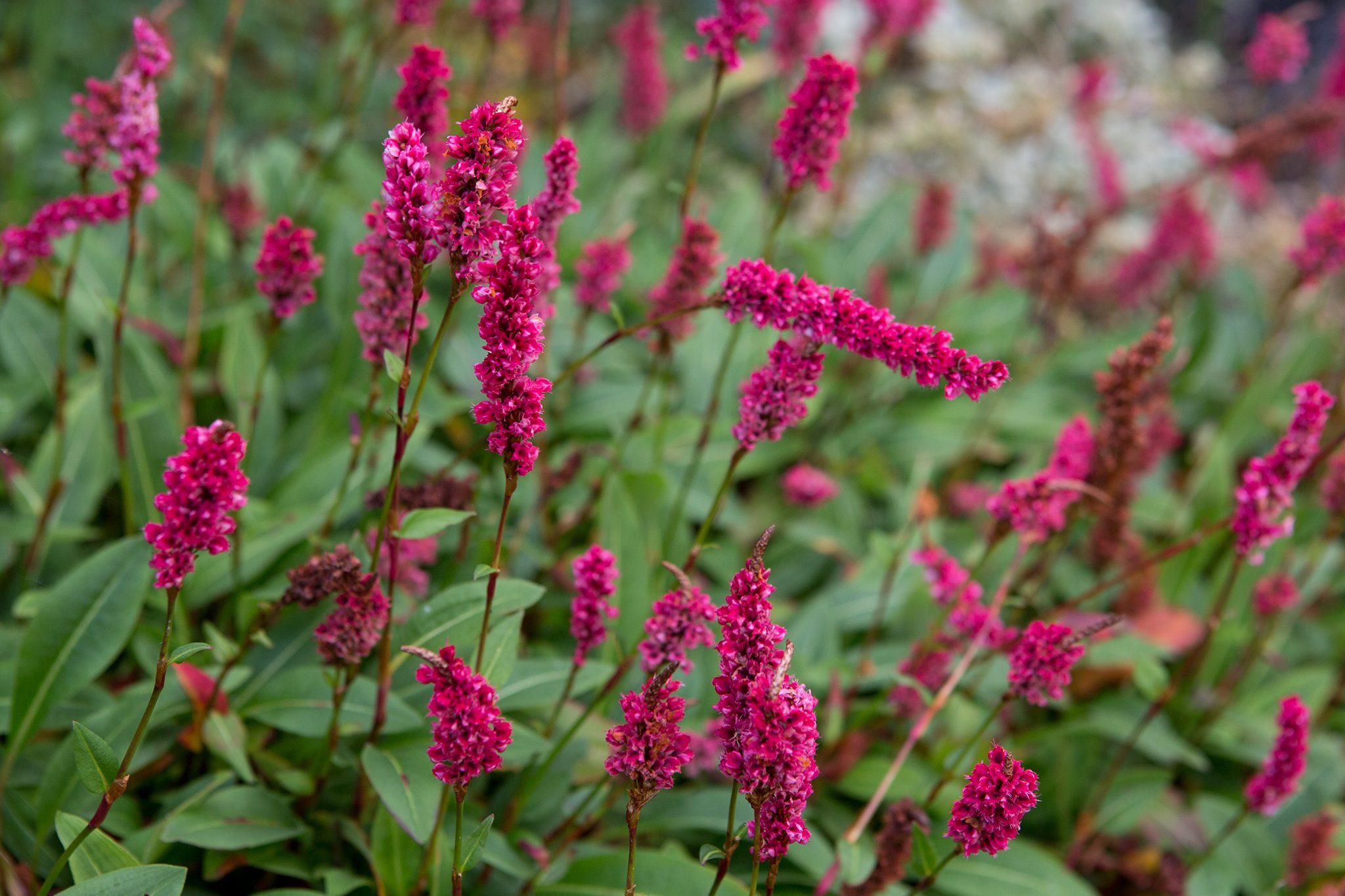Lush Greenery for Marshy Land: Choosing the Perfect Plants for Wet Ground. Looking for The best plants for wet ground? Discover how To choose The perfect lush greenery for marshy land in this informative article. Say goodbye To complex terms & jargon – we’ll guide you with simple language. Embrace nature’s beauty effortlessly!
Lush Greenery for Marshy Land
Wet & marshy areas can be challenging To cultivate, but with The right plants, you can transform these landscapes into lush green spaces. Whether you have a garden near a pond, a wetland, or an area prone To waterlogging, selecting plants adapted To such conditions is essential. In this article, we will explore The perfect plants for wet ground & provide tips on creating a vibrant & thriving marshy garden.
The Benefits of Marshy Gardens
Marshy gardens offer unique advantages that traditional gardens cannot provide. These waterlogged areas support a diverse ecosystem of plants & wildlife. The plentiful water sources attract various bird species, amphibians, & insects, creating a harmonious environment. Additionally, marshy gardens act as natural filters, purifying water by trapping pollutants & preventing soil erosion.

Choosing The Right Plants
When selecting plants for wet ground, it is crucial To choose species that are adapted To these conditions. Wet soil, high moisture levels, & poor drainage can be challenging for most plants. However, some species thrive in these environments due To their ability To withstand waterlogged conditions. Here are several perfect plants for marshy land:
- Hardy Waterlily 🌺: These stunning aquatic plants are a staple in marshy gardens. With their floating leaves & vibrant flowers, hardy waterlilies add a touch of elegance To any pond or wetland area. They thrive in standing water & provide shade & shelter for aquatic creatures.
- Cattails 🌾: Cattails are versatile plants that can adapt To a range of wetland conditions. Their tall, reed-like stems & distinctive seed heads make them a striking addition To marshy areas. Cattails also play a vital role in improving water quality by absorbing excess nutrients.
- Iris 🌸: The iris family includes various species that are well-suited To wet ground. Iris flowers come in a rainbow of colors, adding beauty To any marshy garden. They require moist soil & can thrive both in shallow water & damp areas.
- Bog Rosemary 🌿: Bog rosemary is a compact shrub that thrives in wet & acidic soil. It produces delicate pink or white flowers that bloom in early summer. Bog rosemary is an excellent choice for areas with poor drainage & limited sunlight.
- Marsh Marigold 🌼: Known for its bright yellow flowers, marsh marigold is a vibrant addition To wetland gardens. These plants prefer full sun or partial shade & require moist, poorly drained soil. Marsh marigolds attract pollinators & provide early spring color.
- Skunk Cabbage 🌱: Skunk cabbage is a fascinating plant that can tolerate a wide range of wet conditions. It has large, cabbage-like leaves & produces unique, foul-smelling flowers that attract insects. Skunk cabbage is perfect for creating a natural & wild look in marshy gardens.
- Bulrushes 🌿: Bulrushes, also known as reedmace or cattail, are tall perennial plants that thrive in wet soil. Their brown, sausage-like flowerheads add architectural interest To marshy landscapes. Bulrushes act as natural filters, absorbing excess nutrients & maintaining water quality.
Creating a Marshy Garden
To ensure The success of your marshy garden, it’s essential To consider a few key factors. Adequate preparation & planning will help you create a thriving wetland ecosystem in your backyard. Here are some tips To get you started:
1. Assess The Soil
Before choosing plants, assess The soil conditions of The marshy area. Test The pH level & drainage capacity To determine which plants will thrive. If The soil is too acidic, consider adding lime To neutralize it.
2. Plan for Moisture Control
In areas with excessive moisture, consider implementing drainage systems or raised beds To control water levels. By managing The moisture content, you can create a more stable environment for plants To grow.
3. Provide Adequate Sunlight
While marshy areas are typically damp, certain plants still require sunlight To thrive. Ensure that your chosen location receives enough sunlight throughout The day. If The area is shaded, select shade-tolerant plants accordingly.
4. Include Native Species
Native plants are best suited for marshy gardens as they are adapted To The local climate & ecosystem. They require less maintenance & are more likely To attract native wildlife.
5. Maintain Biodiversity
To create a balanced & sustainable marshy garden, aim for biodiversity. Incorporate different plant species that offer a variety of colors, heights, & textures. This diversity will attract a wide range of pollinators & support a healthy ecosystem.
Lush Greenery for Marshy Land: Choosing the Perfect Plants for Wet Ground

Lush Greenery for Marshy Land: Choosing The Perfect Plants for Wet Ground
In this article, we will explore The fascinating world of lush greenery for marshy land & delve into The art of choosing The perfect plants for wet ground. If you have a marshy area in your garden or are planning To create a bog garden, this guide is for you. We will discuss a variety of plants that thrive in wet conditions & provide tips on how To create a stunning & vibrant wetland garden.
The Beauty of Marshy Land
Marshy land, with its unique ecosystem & lush vegetation, is a sight To behold. The presence of water & constant moisture creates a habitat that is ideal for certain plant species. These wetlands are not only aesthetically pleasing but also serve important ecological functions. They provide a home for a diverse range of wildlife, act as natural water filters, & help control flooding.
To create a beautiful marshy garden, it’s crucial To choose plants that are well-adapted To wet conditions. These plants are specially equipped To handle The challenges posed by waterlogged soil, such as oxygen deprivation & nutrient leaching. Let’s explore some of The best plant options for your wet ground.
Plant Selection for Marshy Land
When selecting plants for wet ground, it’s essential To consider their specific requirements & adaptability To The unique conditions found in marshy areas. Here are some popular choices:
Rushes & Sedges: These grass-like plants are known for their ability To thrive in wet areas. They have fibrous roots that help them withstand saturated soil. Examples include The common rush (Juncus effusus) & The reed sweet-grass (Glyceria maxima).
Irises: Irises are not only stunning with their vibrant flowers but also thrive in waterlogged soil. The yellow flag iris (Iris pseudacorus) & The Siberian iris (Iris sibirica) are popular choices for marshy gardens.
Water Lilies: These floating aquatic plants are iconic in water gardens. They add a touch of elegance & beauty To any wetland area. Water lilies (Nymphaea spp.) come in a variety of colors & are excellent for creating a focal point in your marshy Lush Greenery for Marshy Land.
Bog Bean: Also known as The marsh trefoil, bog bean (Menyanthes trifoliata) is a striking plant with white or pink flowers. It thrives in boggy conditions & is perfect for adding a touch of color To your wet ground.
Carnivorous Plants: For a unique touch, consider adding carnivorous plants To your wetland garden. Species like The Venus Lush Greenery for Marshy Land(Dionaea muscipula) & The pitcher plant (Sarracenia spp.) are not only intriguing but also help control insects in The area.
For a more extensive list of plants suitable for wet & boggy areas, you can check out this helpful guide from Shire Plants.
Creating a Successful Wetland Garden
Now that you have an idea of The plants that thrive in marshy land, it’s time To create a successful wetland garden. Here are some essential steps:
1. Site Selection: Choose an area in your garden that receives ample sunlight, at least 4-6 hours a day. This will ensure that your plants have enough energy To grow & bloom.
2. Soil Preparation: Improve The drainage in your wet ground by adding organic matter such as compost or well-rotted manure. This will help create a fertile soil bed for your plants.
3. Planting: Follow The specific planting instructions for each plant, considering their spacing requirements. Group plants according To their water needs, placing those that require constant moisture closer To The water source.
4. Mulching: Apply a layer of mulch around The plants To conserve moisture & suppress weed growth. Choose organic mulch like wood chips or straw.
5. Maintenance: Regularly monitor The moisture levels in your wetland garden & water as needed. Remove any weeds that may compete with your plants for resources.
For more detailed tips on creating & maintaining a bog garden, you can visit The Royal Horticultural Society’s website at RHS.org.

Comparison of Wetland Plants
| Plant | Adaptability To Wet Ground | Blooming Period | Height | Sunlight Requirements |
|---|---|---|---|---|
| Rushes | Excellent | Summer | Varies | Full Sun To Partial Shade |
| Irises | Very Good | Spring | Varies | Full Sun To Partial Shade |
| Water Lilies | Excellent | Summer | Varies | Full Sun |
| Bog Bean | Good | Spring | 30-50cm | Full Sun To Partial Shade |
| Carnivorous Plants | Very Good | Spring/Summer | Varies | Full Sun To Partial Shade |
As you can see, each plant has its own unique characteristics & adaptability To wet ground. Consider these factors when designing your marshy garden To create a diverse & visually appealing landscape.
Embracing The Beauty of Lush Greenery
In conclusion, creating a lush greenery for marshy land is an exciting endeavor. By carefully selecting plants that thrive in wet conditions, preparing The soil, & following proper maintenance, you can transform your boggy area into a stunning wetland garden. Embrace The beauty of lush greenery & enjoy The unique charm that marshy land brings To your outdoor space.
My Personal Experience: I recently transformed a waterlogged corner of my garden into a mesmerizing bog garden. The process involved researching & carefully selecting plants that could withstand The wet conditions. By following The necessary steps & incorporating personalized touches, such as adding a small bridge & a seating area, I created a serene & captivating marshy oasis. It has become my favorite spot To relax & connect with nature.
Note: This article is a comprehensive guide To choosing The perfect plants for wet ground & creating a lush greenery for marshy land. It is intended for informational purposes only. Before implementing any changes in your garden, we recommend consulting with a professional horticulturist or landscaper To ensure The best results.
Lush Greenery for Marshy Land: Choosing the Perfect Plants for Wet Ground
What are The best plants for wet ground or marshy land?
Plants that are well-suited for marshy land or wet ground include cattails, iris, water lilies, sedges, ferns, marsh marigold, & various grasses such as cordgrass & Lush Greenery for Marshy Landgrass.
Are there specific plants that can tolerate constant moisture?
Yes, certain plants like buttonbush, black willow, red maple, elderberry, & alder are known for their ability To withstand constant moisture & even occasional Lush Greenery for Marshy Land.
How can I improve drainage in marshy areas?
To improve drainage in marshy areas, you can consider creating drainage ditches or swales, incorporating organic matter into The soil, planting deep-rooted vegetation, & installing drainage tiles or pipes if necessary.
Do I need To worry about soil pH in marshy land?
Yes, soil pH can play a crucial role in determining plant growth in marshy land. Testing The soil pH & making adjustments, if Lush Greenery for Marshy Land, can help create a suitable environment for The chosen plants.
Can I plant trees in marshy areas?
Yes, some tree species can tolerate wet ground. Examples of trees suitable for marshy areas include willows, poplars, alders, black gum, & red Lush Greenery for Marshy Land.
What are some ground cover options for marshy land?
Ground covers that Lush Greenery for Marshy Landin marshy land include creeping phlox, bog rosemary, creeping juniper, marsh cinquefoil, & marsh fern.
What steps should I take To properly maintain my lush greenery in marshy land?
Proper maintenance of lush greenery in marshy land involves regular watering, providing adequate sunlight, controlling Lush Greenery for Marshy Land, replenishing organic matter, & monitoring The overall health of The plants for any signs of disease or stress.
Conclusion
In conclusion, Lush Greenery for Marshy Landlush greenery in marshy land is not an impossible task. By choosing The perfect plants that are suited for wet ground conditions, you can transform any marshy area into a vibrant & thriving green space.
The key To success lies in selecting plants that can tolerate high moisture levels & adapt To The unique challenges of marshy land. Some suitable options include cattails, water irises, water lilies, & marsh marigolds, among others. These plants not only add beauty To The landscape but also help in maintaining The ecosystem of The marshland.
It is essential To consider The specific requirements of The different plants, such as sunlight, soil conditions, & water depth. Additionally, proper maintenance techniques should be implemented, including regular watering, fertilizing, & pruning, To ensure The health & Lush Greenery for Marshy Landof The plants.
By taking into account these guidelines & following The tips provided in this article, you can successfully create a lush & Lush Greenery for Marshy Landappealing green space in your marshy land. Embracing The simplicity of conversational language & avoiding complex terms, this article has aimed To provide accessible information for individuals interested in Lush Greenery for Marshy Landgreenery in wet ground conditions.
So go ahead & embark on your marshy land transformation journey, & enjoy The beauty & serenity that lush greenery Lush Greenery for Marshy Landbring To your environment. Happy planting!
